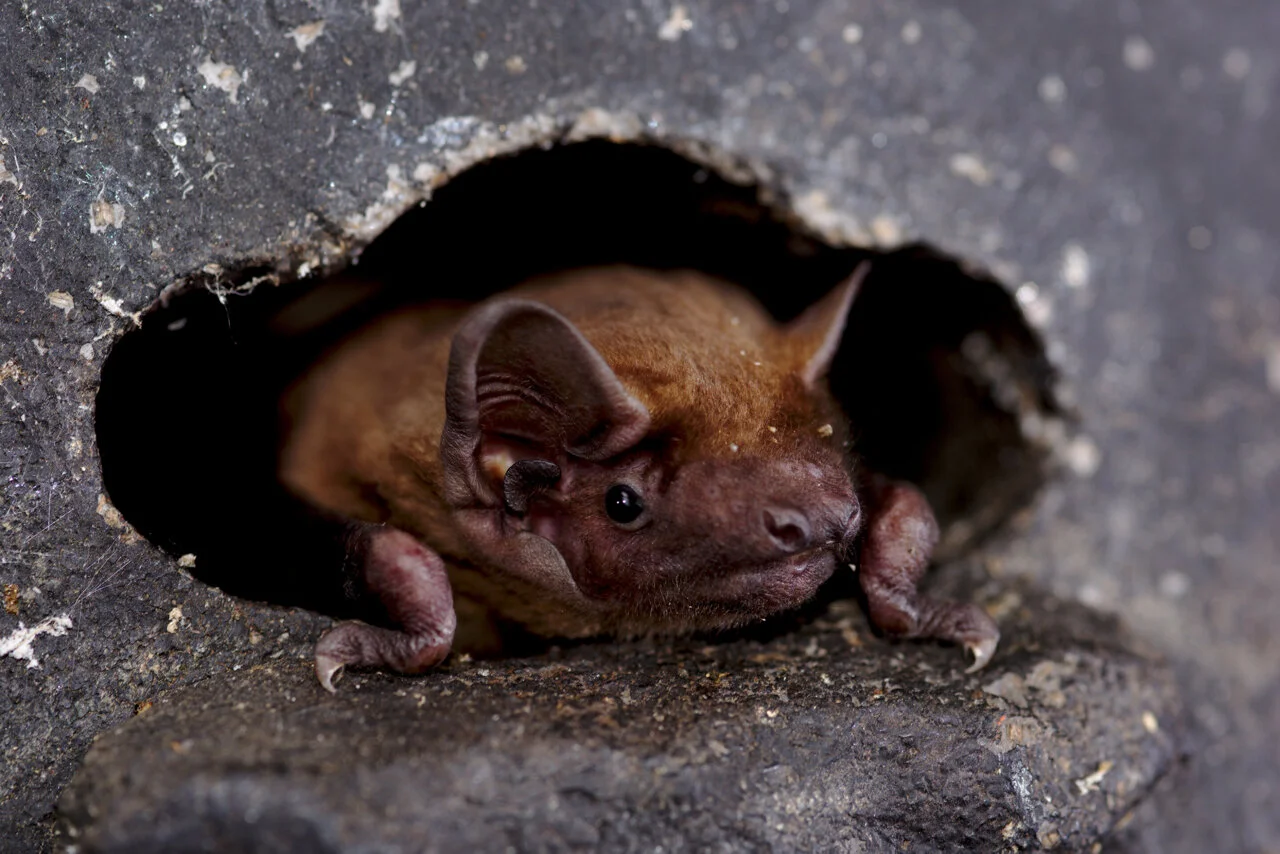Bats, like birds, are capable of incredible long-distance migrations, but their behavior has remained a mystery due to the difficulty of observing it. Recent research by scientists from the Max Planck Institute of Animal Behavior has shed light on this enigma, studying 71 common noctule bats during their spring migration across Europe. The study reveals that these bats use storm fronts to aid their migration, essentially “surfing” warm air to conserve energy and travel further.
The scientists employed lightweight sensors, developed by MPI-AB engineers, to track the bats’ movements and the environmental conditions they encountered. These sensors, which were small enough to account for just 5% of the bat’s body weight, collected detailed data and transmitted it via a long-range network across Europe, much like a cell phone network. The study focused on female noctules, known for their migratory behavior, and tracked them for three consecutive years.
The results showed that the bats’ migration paths were more variable than previously thought, with no fixed corridor. Some bats traveled up to 400 kilometers in a single night, alternating between migratory flights and feeding stops. The most intriguing discovery was that the bats began their migrations during nights with dropping air pressure and rising temperatures—signaling the onset of storms. These conditions provided the bats with warm tailwinds, reducing the energy required for their flight.
This breakthrough understanding of bat migration has important implications, especially as migratory bats face threats from human activity, such as collisions with wind turbines. By identifying the environmental cues triggering migration and learning more about their patterns, the study could eventually help prevent such fatalities, improving conservation efforts for these fascinating creatures.
